BODYLOGOS = The Body’s Divine Wisdom
It is a Practice and a Lifestyle outlined in The Art of Strength: Sculpt the Body ~ Train the Mind
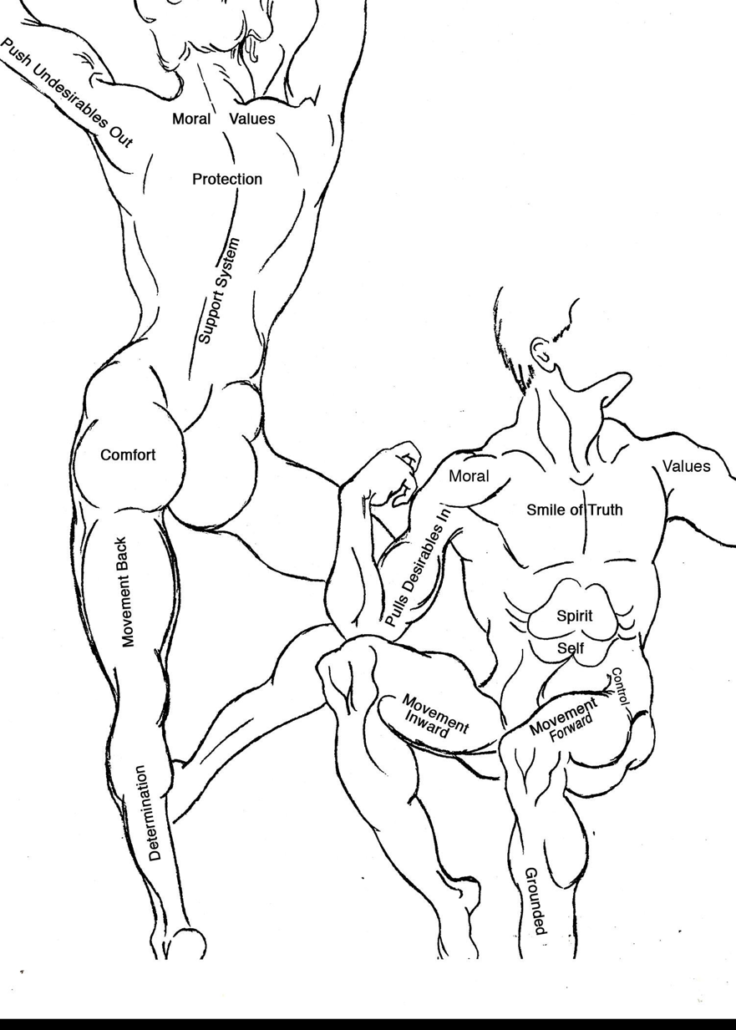
The Psyche-Muscular Blueprint:
A Cornerstone of Bodylogos
by Donia Elizabeth Allen ~ Bodylogos Instructor
The Bodylogos practice makes simple, intuitive connections between the physiological roles of the major muscle groups, and their emotional significance.
For example, physiologically biceps are the muscles we use to literally bring things toward us: a free weight if we’re doing biceps curls, or a fork if we’re lifting food to our mouths.
In Bodylogos, practitioners use biceps exercises to envision and meditate on aspirational or emotional things we’d like to bring toward us: a new work project, relationship, or healthy habit.
What would I like to bring into my life at this time?
This simple question facilitates the connection between what we’re doing physically, our mental focus and our emotional clarity.
The transparent blend of the physiological and emotional – call it a psyche-muscular blueprint – is a cornerstone of the Bodylogos practice. It is designed to encourage dialogue and build trust between what your body is doing and what your soul wants to create.
A key benefit of the Bodylogos approach is that because it engages our minds and bodies concurrently, we rarely get bored, or stuck in a rut. It is a practice that creates space for us to contemplate, ask questions and to change as our dreams and needs do. For this reason we can return to Bodylogos again and again without risk of burnout, which is so often what happens with more traditional, one-dimensional exercise routines.
What follows are brief descriptions of the major muscle groups’ physiological roles and questions related to their emotional significance to consider as you work these muscle groups.
ABDOMINALS
Physiological function: Abdominals are the central muscles of the body. All movement emanates from them. They provide essential support for the spine and central nervous system.
Questions to consider: How do you feel today? Can you turn your attention to your quiet center or spirit self?
QUADRICEPS
Physiological function: These powerful muscles are critical for forward movement including walking, jumping, squatting and running.
Questions to consider: What do you aspire to move toward? What’s your dream, and are you actively moving toward it?
HAMSTRINGS
Physiological function: These muscles connect and motor the knees and hips for backward movement.
Questions to consider: What strength and insights can you draw on from your past experiences and use to create your future?
BUTTOCKS
Physiological function: Buttock muscles are the most powerful muscle group in the body. Their strength and padding provides security and comfort. The buttocks are responsible for movement of hips and thighs.
Questions to consider: Are you secure with your own power? What makes you feel comfortable in your personal and professional relationships?
CALVES
Physiological function: Calf muscles are responsible for flexing the foot at the ankle joint and the leg at the knee joint. They ground and elevate your weight.
Questions to consider: What are you determined to accomplish in your life? What grounds and supports your efforts?
BICEPS
Physiological function: Biceps muscles control flexion of elbow and shoulder joints to lift and bring things inward.
Questions to consider: What would you like to bring into your life or improve upon at this time? What does it look like, sound like, taste like, and feel like?
TRICEPS
Physiological function: Triceps muscles control extension of the forearm to push things away.
Questions to consider: What would you like to let go of or say “No Thank You” to? What do you no longer need in your life?
SHOULDERS
Physiological function: Shoulder muscles are the widest part of the human skeleton. They offer arms full range of motion, and the integrity of their alignment frames your posture.
Questions to consider: How does integrity feel to you? What do you need to feel a sense of integrity in your life, work, and relationships?
CHEST
Physiological function: Chest muscles sit atop the heart, support spinal alignment, and present your body’s smile to the world at large.
Questions to consider: Do you feel connected to your joy? What causes your heart to lift and express itself, or shuts your heart down?
BACK
Physiological function: The back muscles are the most protective of the vital organs, and have the the thickest skin on the body. They help support the spine and allow humans to stand upright and pull themselves up off the ground.
Questions to consider: Do you have your own back – emotionally, financially, professionally? What do you need to feel a sense of protection and safety?
Align your workouts with meditations on your emotional wishes and dreams and be amazed by how much progress you make!
Get your copy of The Art of Strength: Sculpt the Body ~ Train the Mind today!
Balboa Publishing
with a 5% gift to Safe Horizons
Amazon
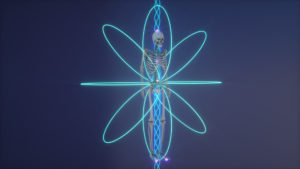


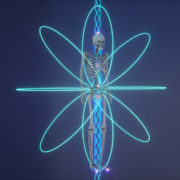

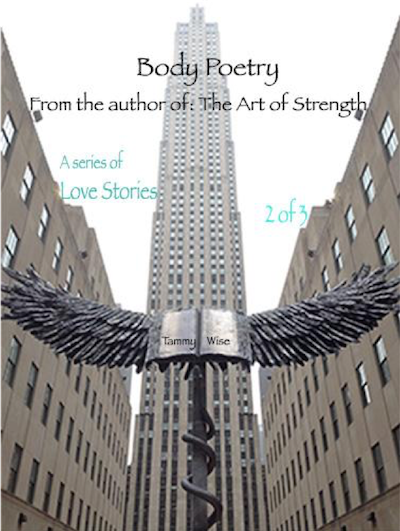 There are power struggles in every partnership. Our relationship with you, an arranged partnership for life, is no exception.
There are power struggles in every partnership. Our relationship with you, an arranged partnership for life, is no exception.


 Meditation may be seen as a do nothing discipline, but non-doing is by no
Meditation may be seen as a do nothing discipline, but non-doing is by no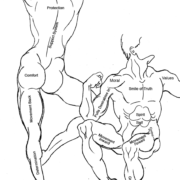

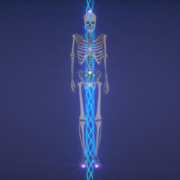
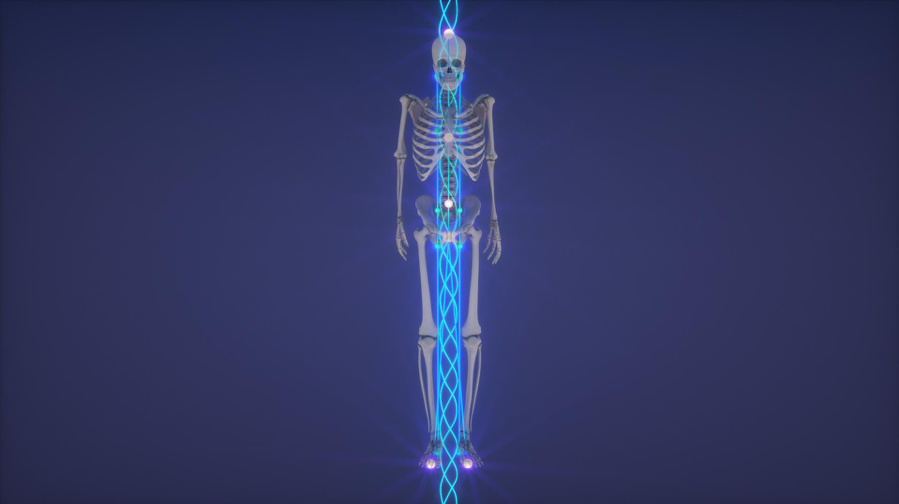

 My mom always says, “If you can read you can do anything.”
My mom always says, “If you can read you can do anything.”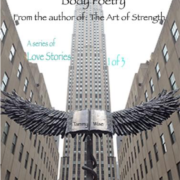
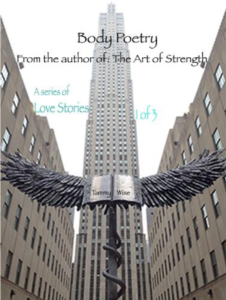 Giving Rise to a Revolutionary Voice
Giving Rise to a Revolutionary Voice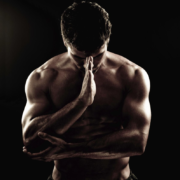
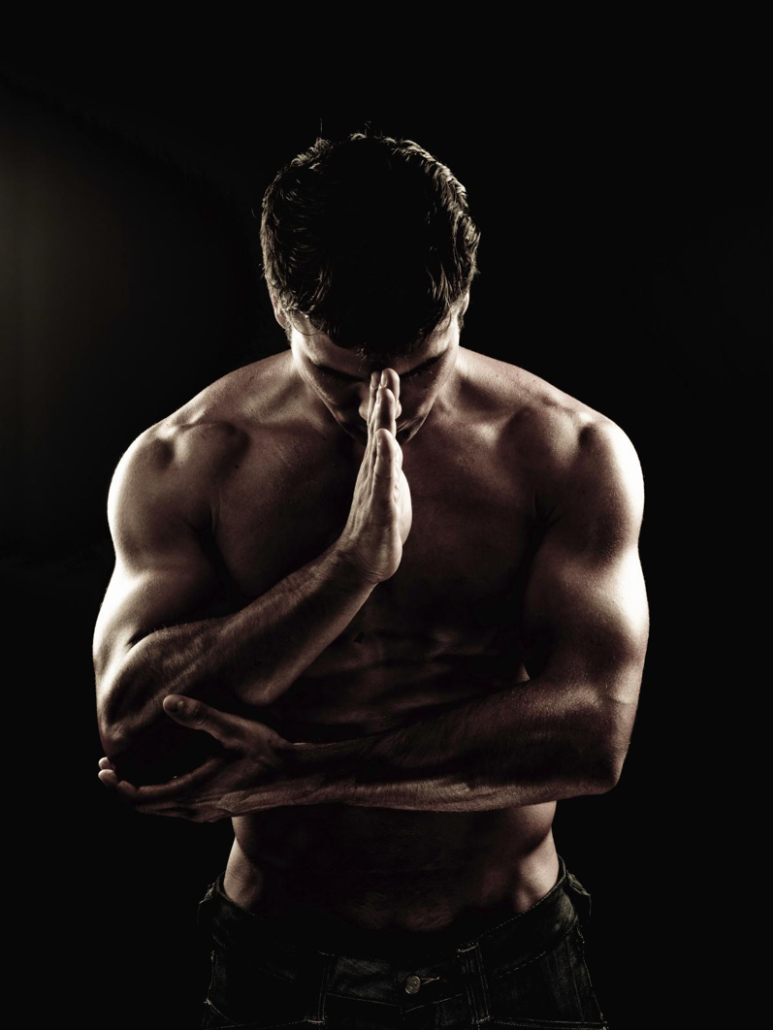
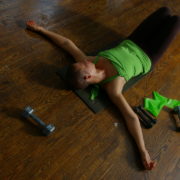
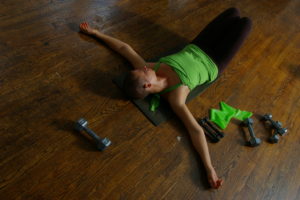 Live in the sweet spot of your strength.
Live in the sweet spot of your strength.